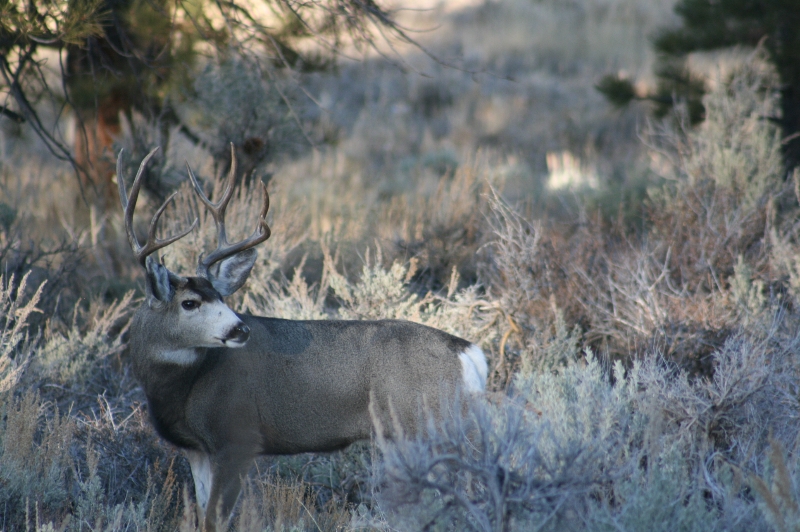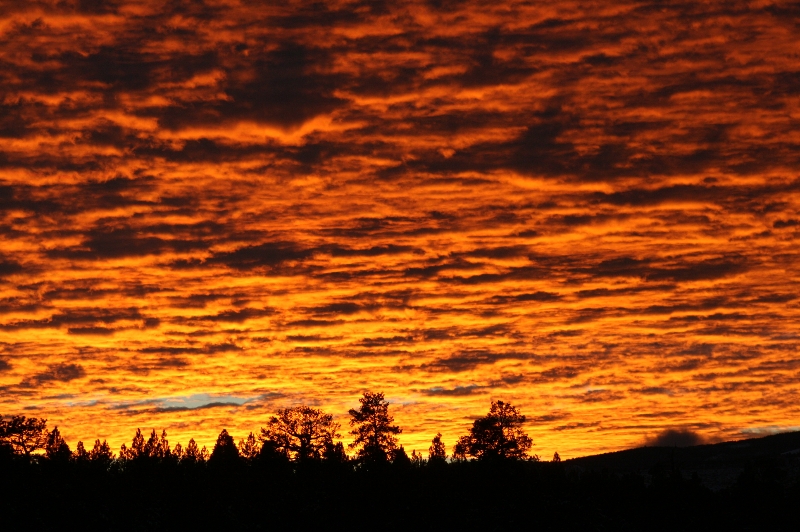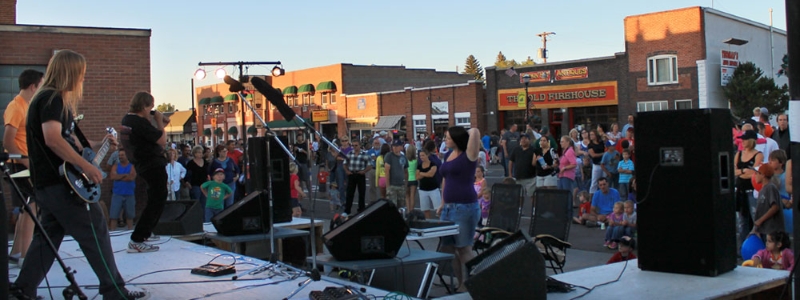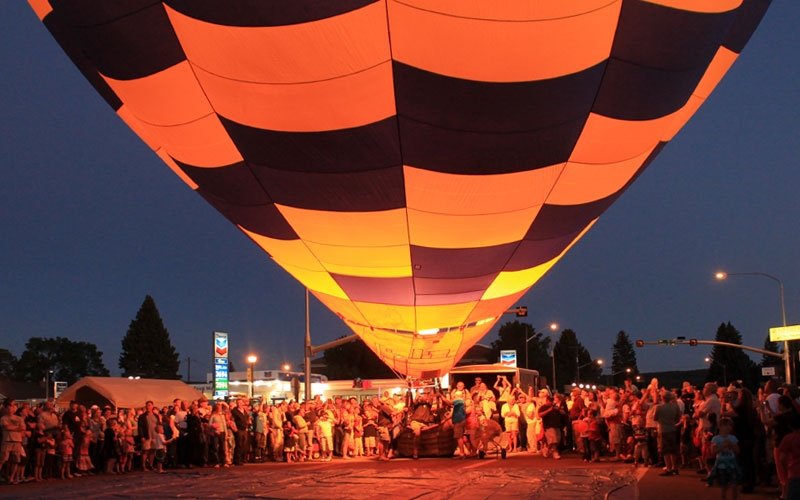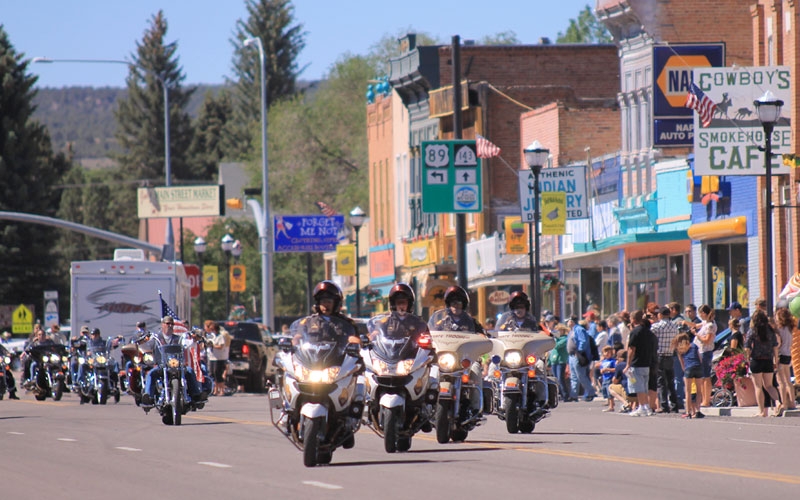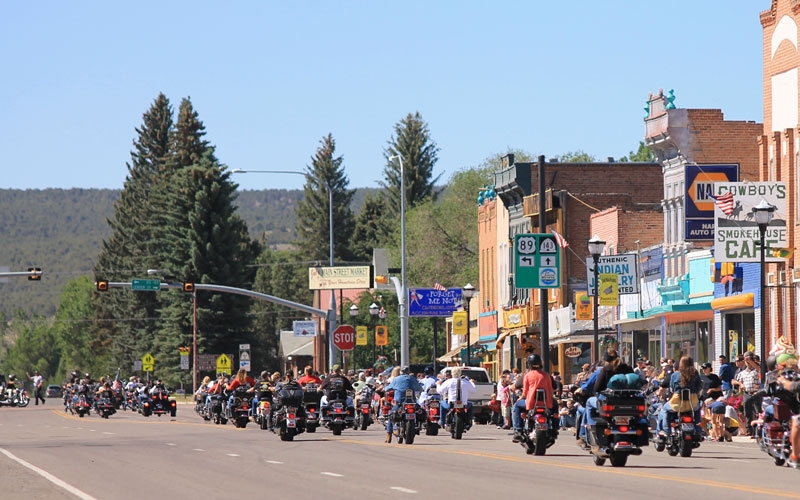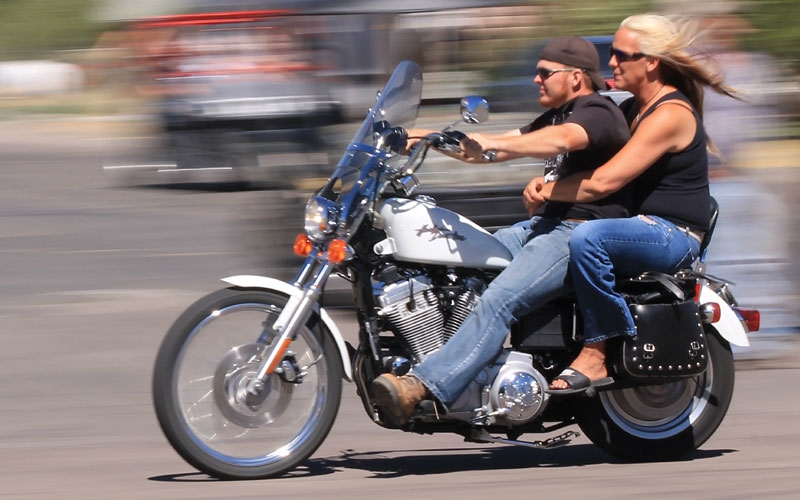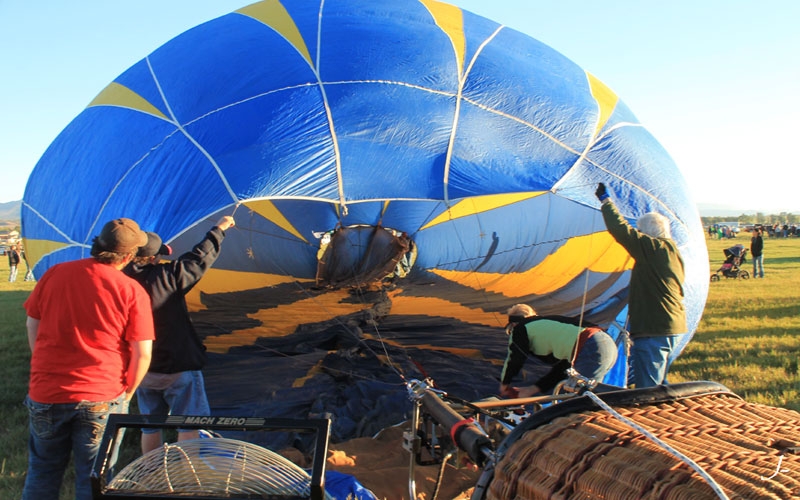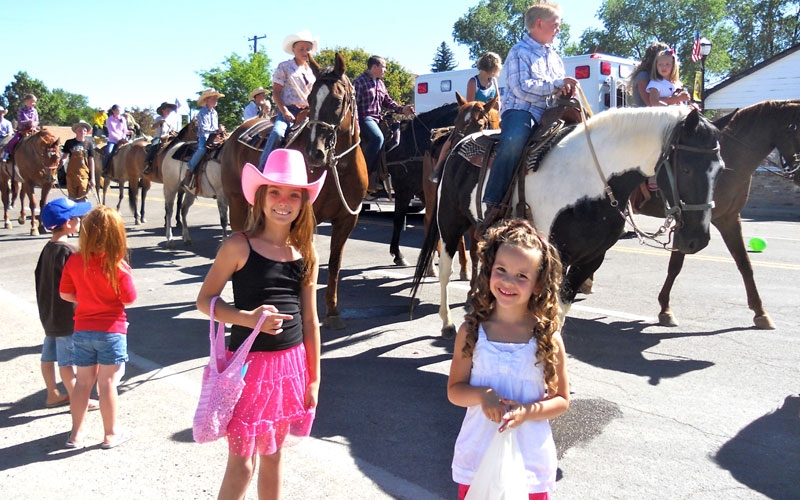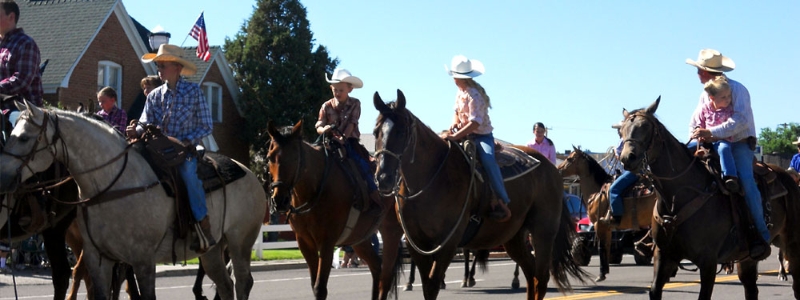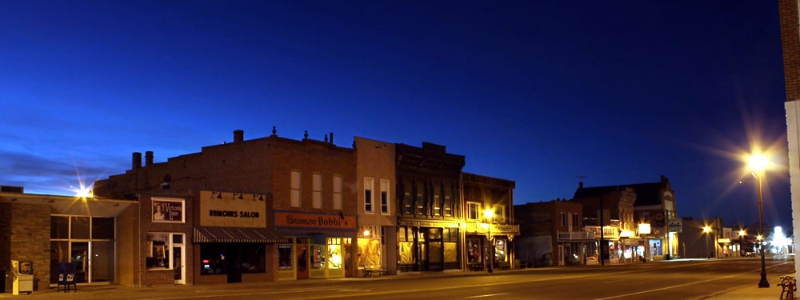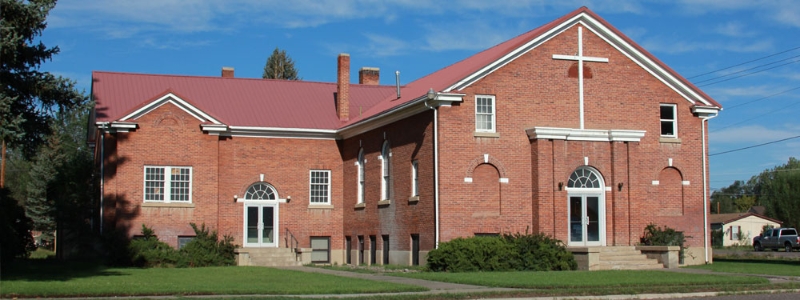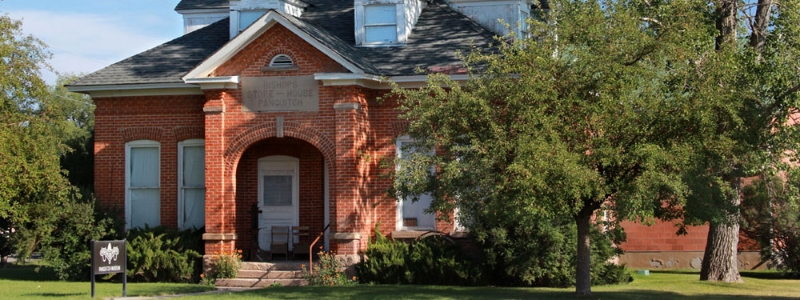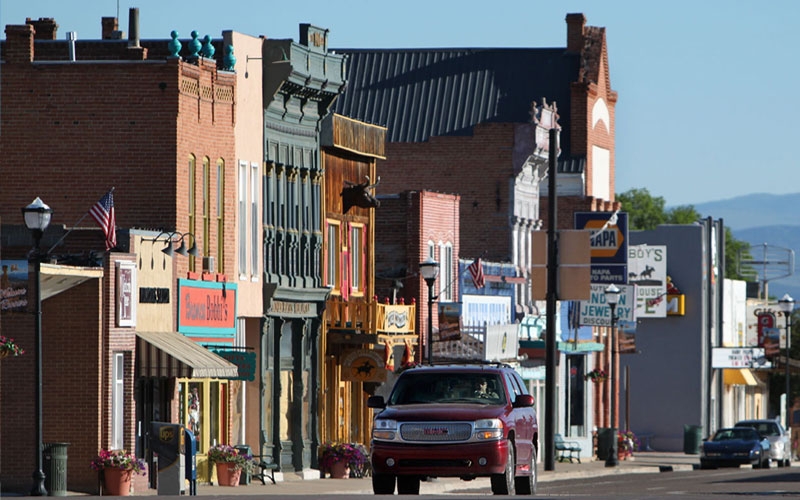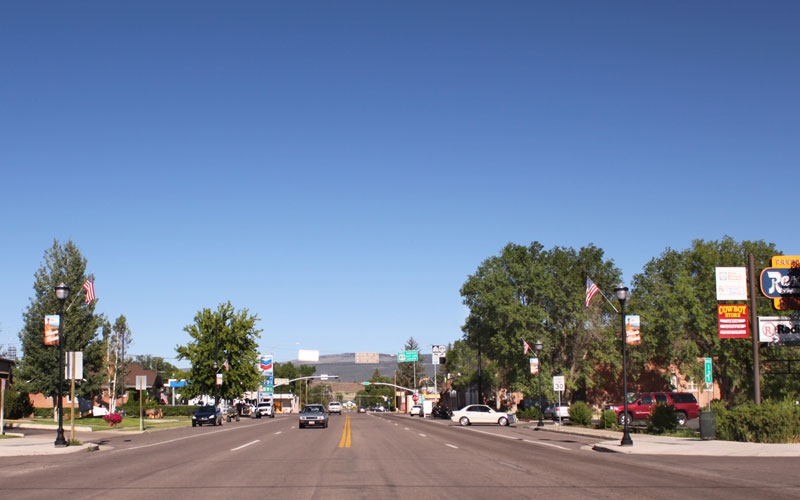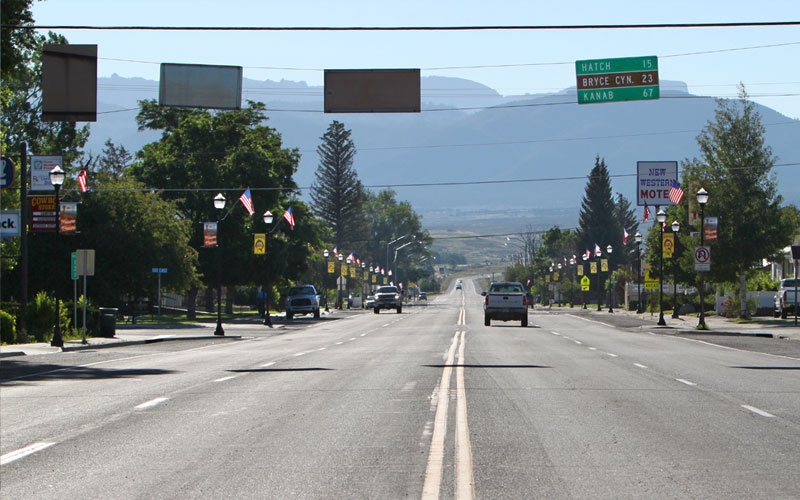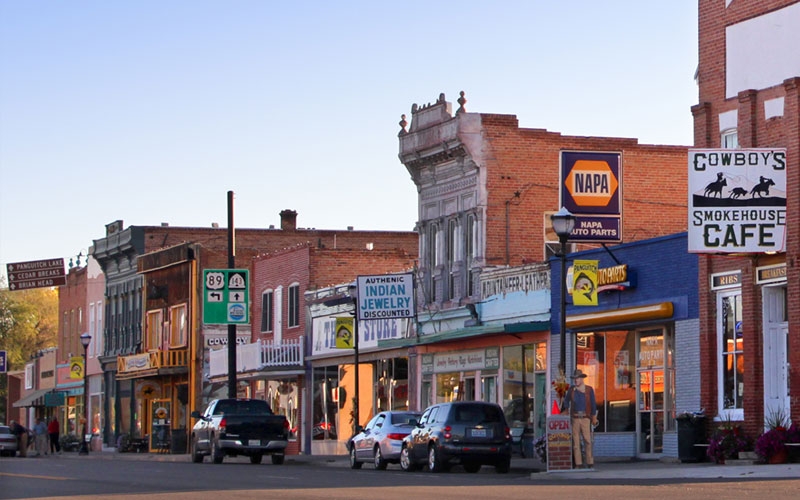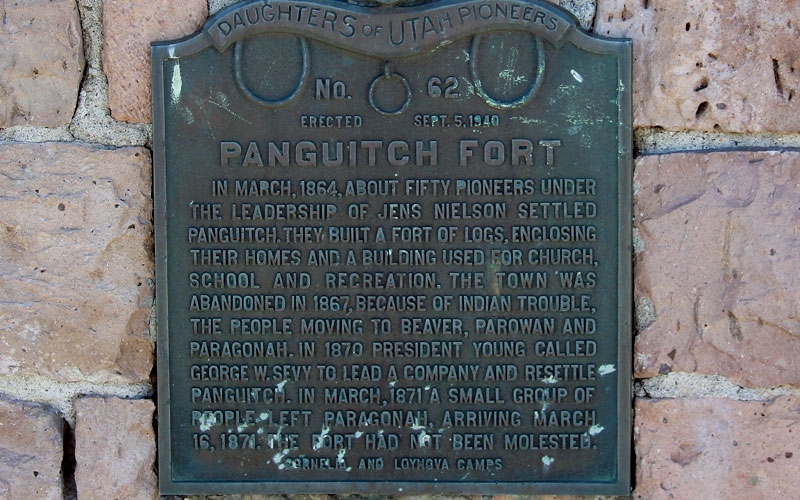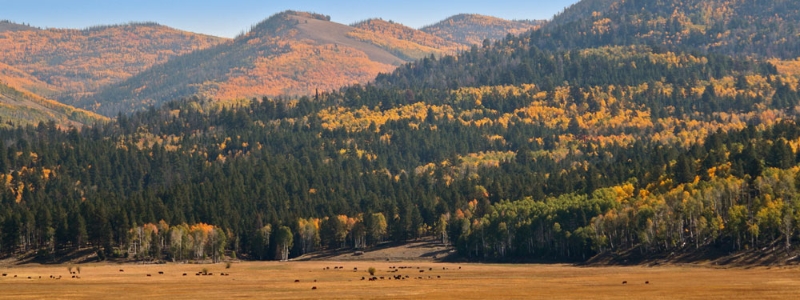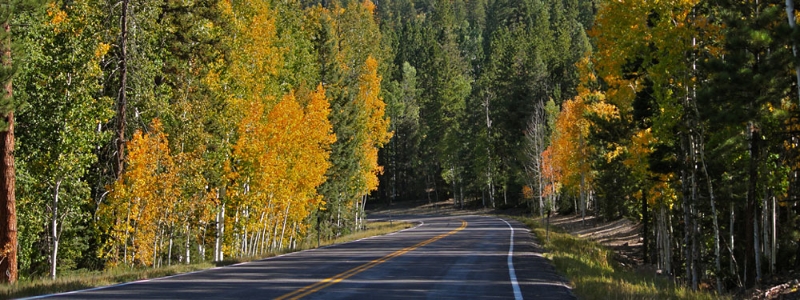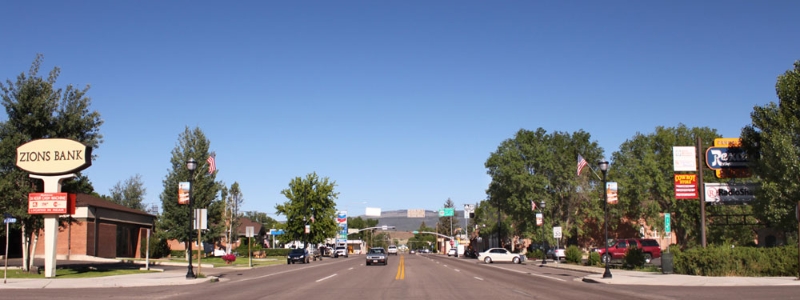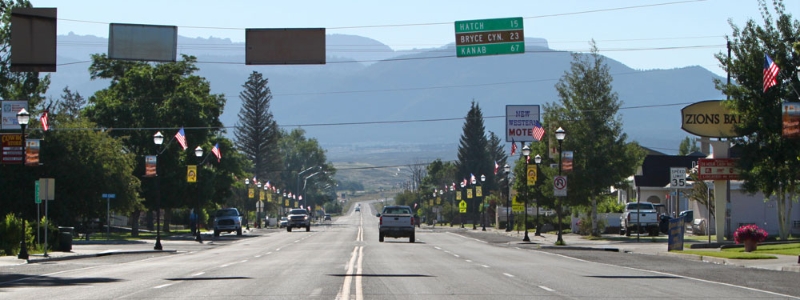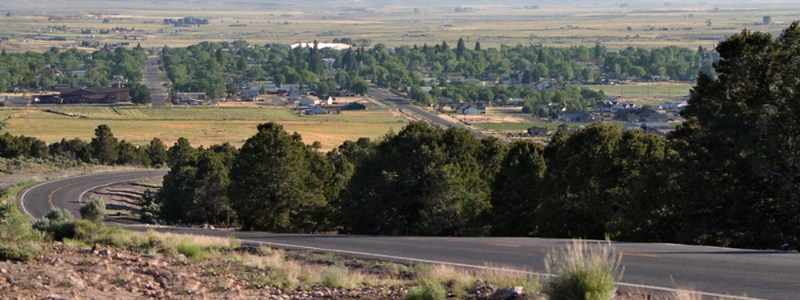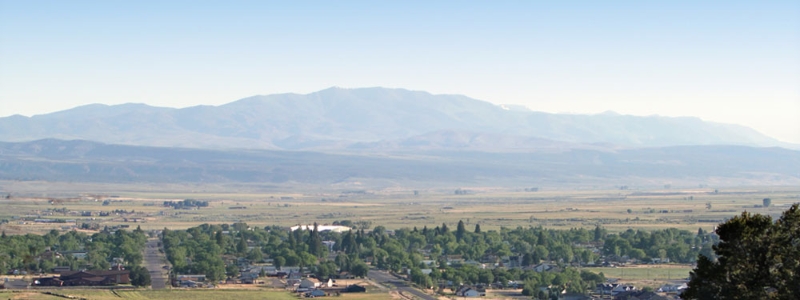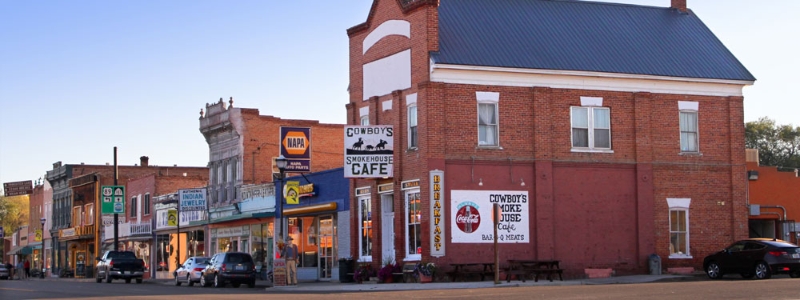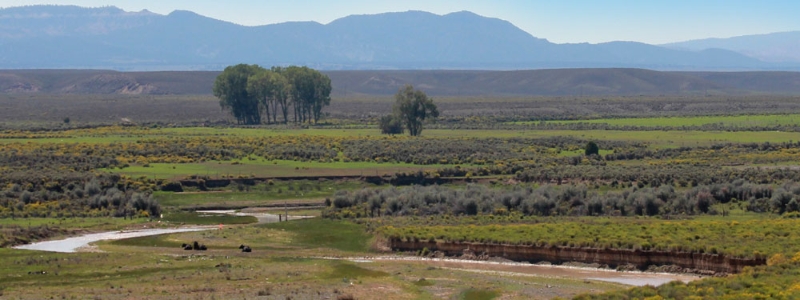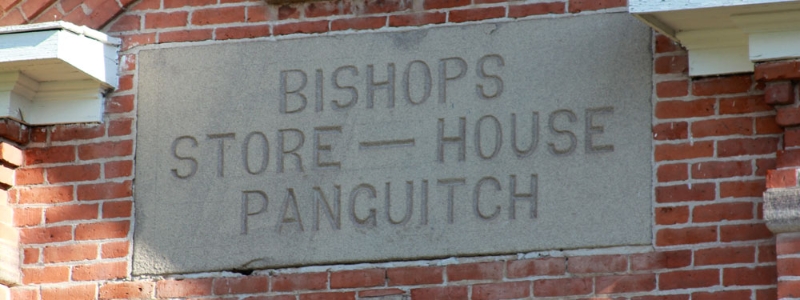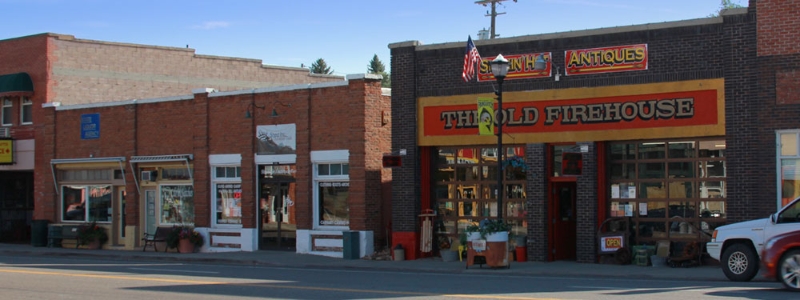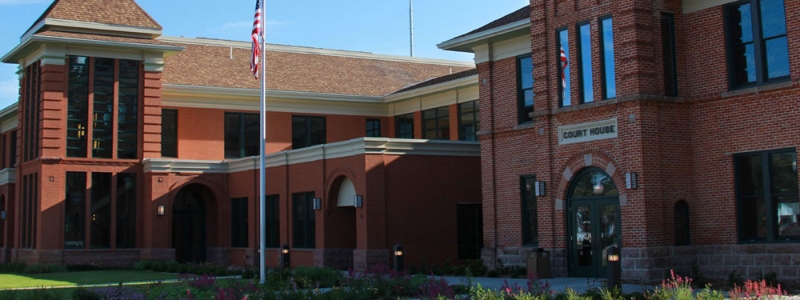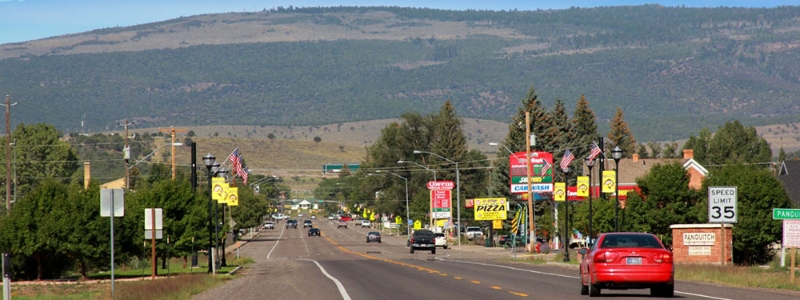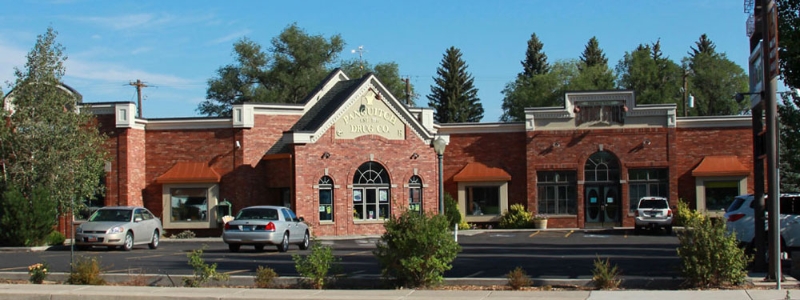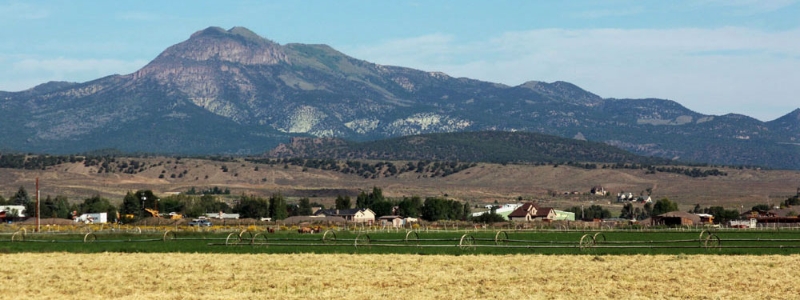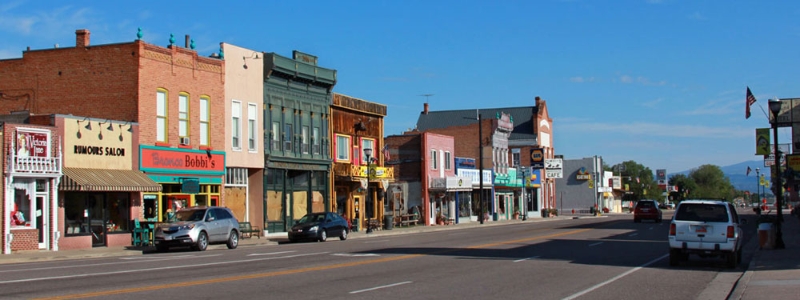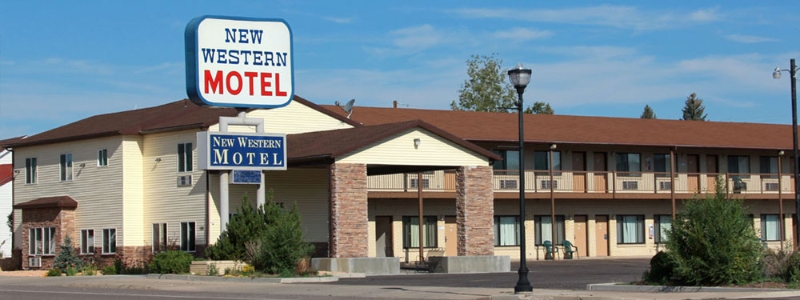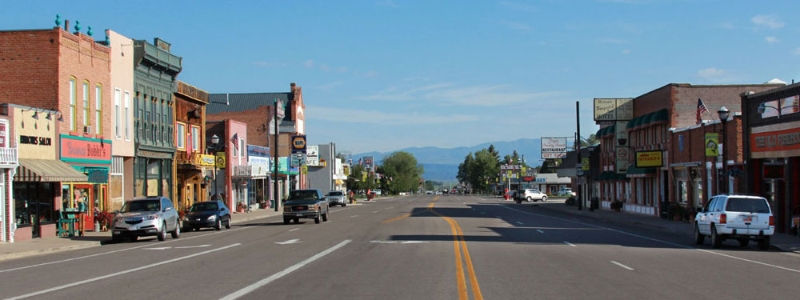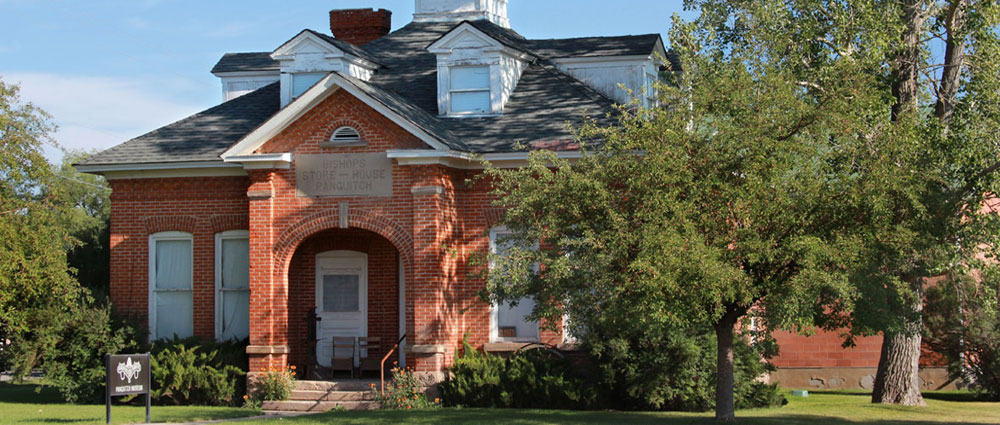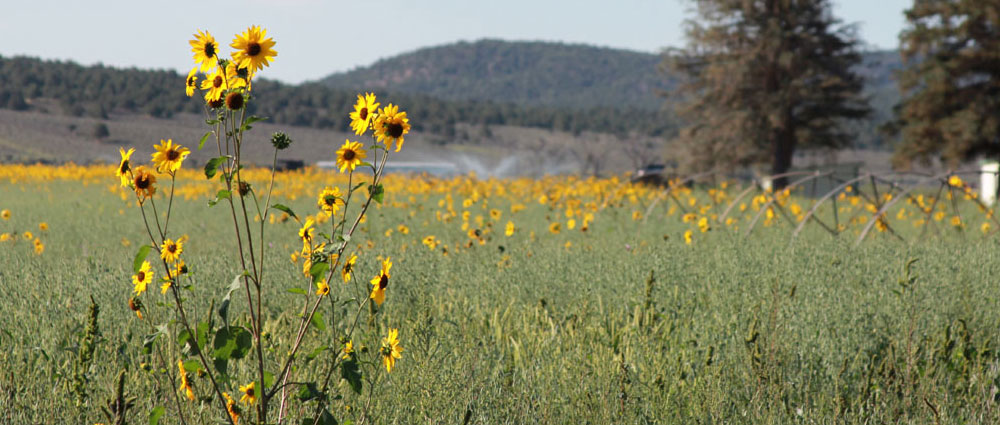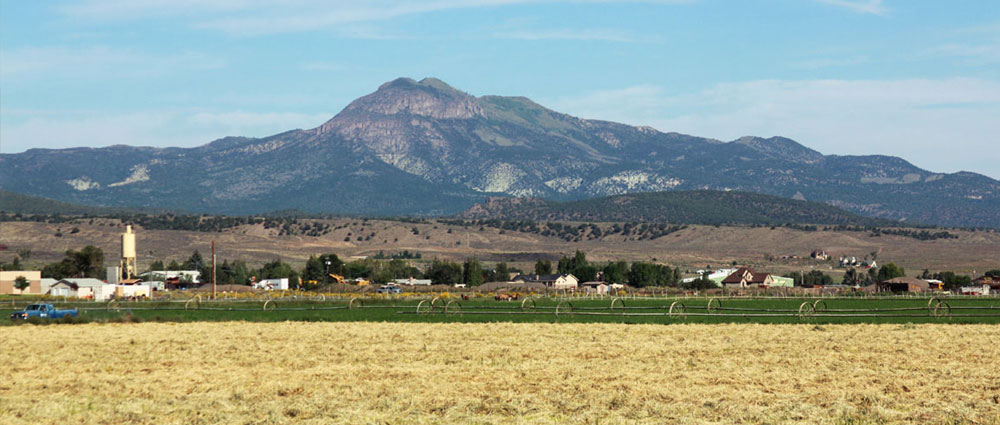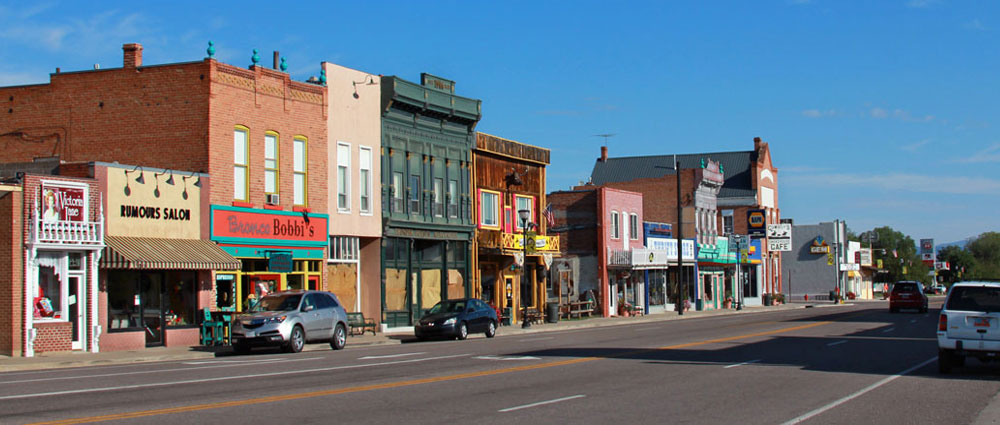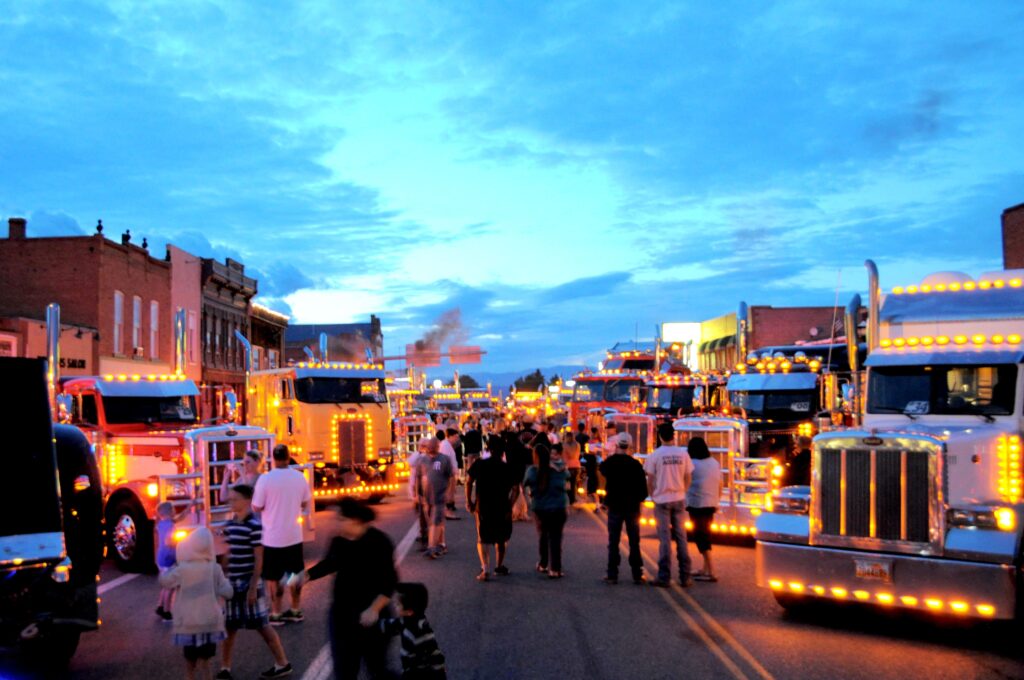Historic Tour
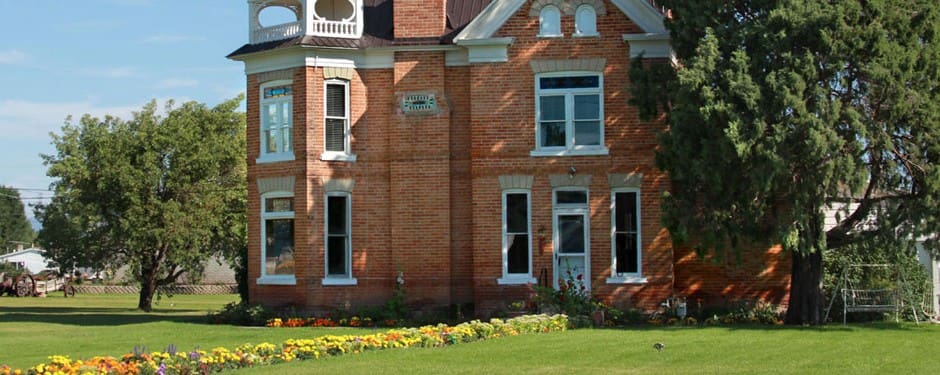
Visitors to Panguitch, Utah will enjoy the opportunity to view many of the historic structures in this community which was settled by Mormon pioneers.
Famously creative survival skills are not the only heritage the early settlers left behind. Using horse-drawn wagons, iron rich clay, and wood, these innovators fired a kiln to make bricks. Operating on a trade-based economy, workers were then paid in brick rather than money. This lucrative exchange provided families with the material to build brick homes, and eventually allowed residents the proper commerce to establish a local brick factory.
Influenced by both English and Dutch designs, early architecture in Panguitch uniquely expresses the diverse culture of early settlers, and many of the original homes are still standing, shyly spreading their hand-crafted, artisan charm throughout the historic southern town.
Main Street plays host to string of famous brick houses, one in particular was occupied by sheriff, James W. Pace. Local legend tells of federal agents spilling into town under the cover of night to hunt local polygamists. In an attempt to warn residents of their coming, Hanna Pace, the sheriff’s wife, would light a lamp and set it in the window, signaling all the men in the neighborhood to go into hiding.
Log cabin and wood homes also make their appearance on the Wild West streets of Panguitch. Preserved and protected by the local community, tourists can visit the Alexander cabin at the city park on the north entrance of town. This historic tribute to the city’s pioneers was built in 1890 by Thomas Murphy Alexander, and restored as a Utah Centennial Project by the Panguitch Heritage Foundation. The cabin contains artifacts that give visitors a glimpse into the lifestyle of early pioneers.
Historic Panguitch Walking Tour (PDF file)
Historic Red Brick Homes in Panguitch (PDF file)



